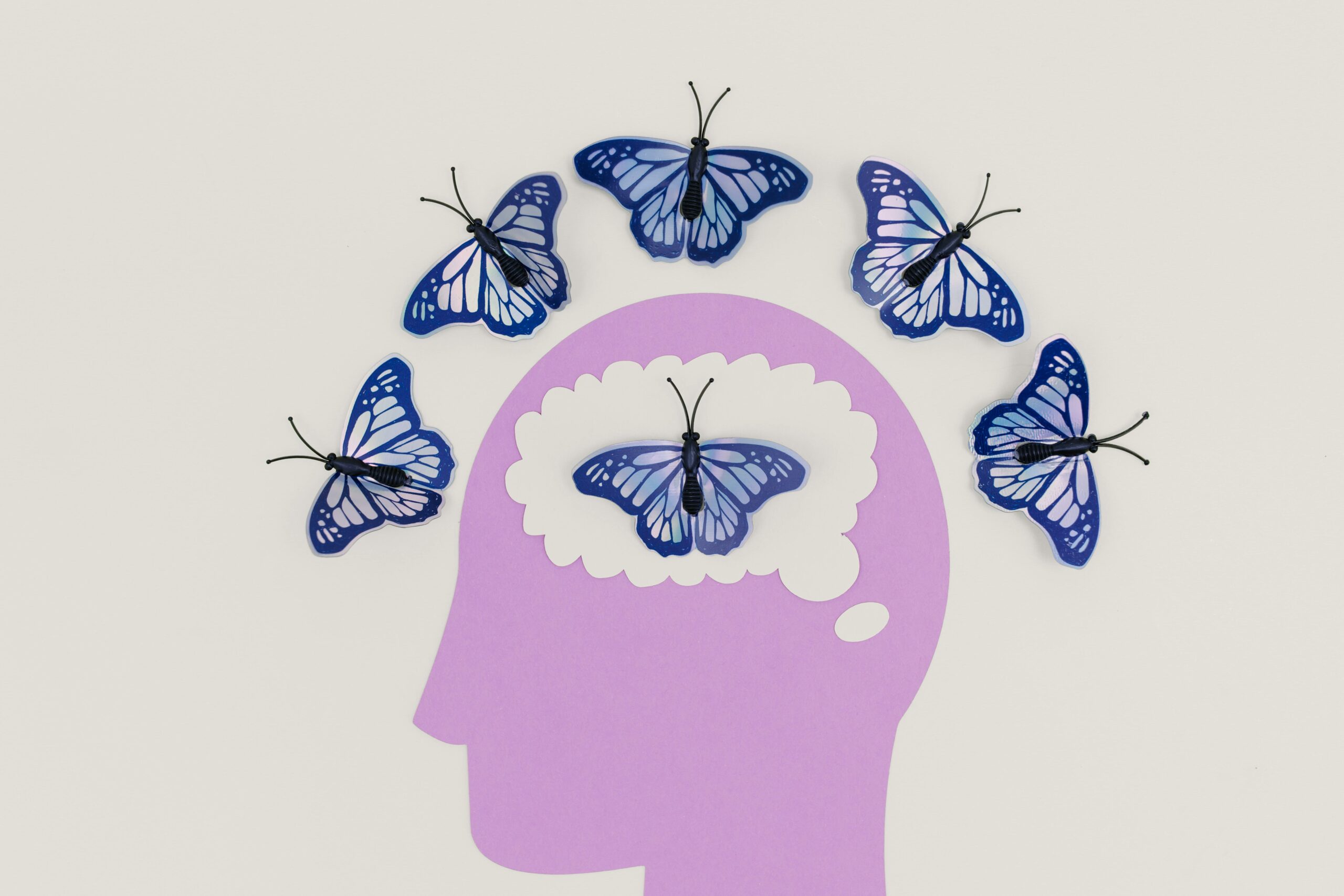Are You Living Consciously?
Category: Healthy Home

“Going Green” is something we all experience in different ways. For many, becoming pregnant or looking into your child’s eyes for the first time can trigger this. Others are moved by climate change or simply by watching oil gushing into the Gulf of Mexico. Whatever it is, we all can make a difference.
My own experience came actually after my children were grown. I was introduced to non-toxic household products that helped my husband’s asthma condition and became a real believer in getting the chemicals out of our home. I began putting small samples of this product into Welcome Wagon baskets so more families could be introduced to healthier alternatives in what they used for dishes, clothes as well as general cleaning. Going into people’s homes and sharing how to create a non-toxic environment was very fulfilling for me.
As we celebrate the 49th anniversary of Earth Day with over one billion people participating around the globe, we see small changes but is that enough? These changes are, of course, better for us and our family; however, are we seeing the whole picture?
In Planet Home, Conscious Choices for Cleaning & Greening the World You Care About Most by Jeffrey Hollender, he shows us how to shift our mind and reframe the way we look at the immediate challenges in our homes with 7 inter-connected principles of conscious living. Here they are:
- Think holistically ~ By seeing the whole interconnected systems that live just beyond everything we do, we will make better-informed choices.
- Live by the precautionary principal ~ There have been 80,000 to 100,000 new chemicals introduced since World War II, but the health effects of less than 5% of these are known. The maker of a product or chemical, or one who proposes an action or business endeavor, must prove the safety of such in advance of its exposure to people or the planet and bear the burden of proof for its safety.
- Acquire less stuff ~ Since World War II we live in a world of consumerism which is irresponsible and unsustainable. Our products are produced globally rather than locally which requires transport, warehousing, and distribution. We need to back off from this abundance of stuff, buy less and only buy quality products that last, leaving the smallest footprint possible.
- Think long term, not short term ~ How often, when you eat, what you buy, what we do, are we thinking of the next generation? Shifting our perspective will put that into our consciousness.
- Think “We,” Not “Me” We must see how our everyday individual actions affect the people around us and consider ourselves members of the community and act accordingly.
- Don’t confuse less bad with good ~ In anything we purchase we need to think about what it takes to make and get that product to market. It often shows up in meaningful relationships, education, nature, biodynamic farming as well as services.
- Get active ~ Much as individual effort helps, we need to join forces with groups working to influence both our government and big businesses to bring about system-wide change. Voting, calling, e-mailing, spreading the word, aligning yourself with the organizations working tirelessly to protect our shared earth all help.
As we learn to live consciously, we will be able to better enjoy the happiness that a responsible and sustainable life so bountifully brings. I want to invite you to a special webinar that will be on tonight, April 24th, at 8:30 p.m by someone who is actively working at this. Her name is Jennifer Armento, founder of Green Mommas Movement, a community that teaches families how to live more naturally and reduce their environmental impact on the planet. She currently works as a senior wildlife biologist at Environmental Working Group and does photography on the side. Learn how to clean and green can save you money, how to identify hidden hazards in your cleaning products and which eco-friendly economical household cleaners are recommended. Here is the link to register. Enjoy!



Facebook Comments